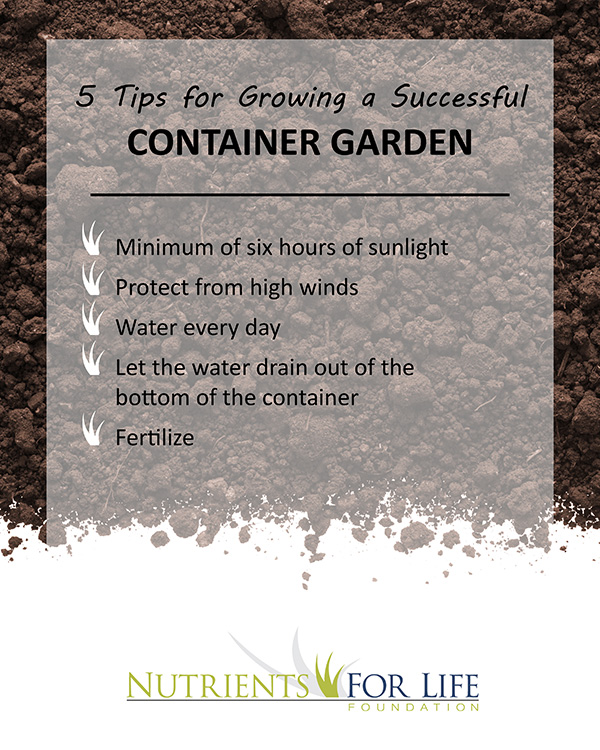While working on our advanced degrees, my husband and I lived in a tiny apartment with an even tinier balcony. We were living off student loans and trying to make the most of it. The balcony was the only place for me to garden. It wasn’t ideal, but I was determined to garden. Where there’s a will, there’s a way! That experience makes me really appreciate the large space I now call my garden.
I realize the majority of the population does not have a lot of space to garden and so has the garden industry. There are many new varieties of vegetables, containers, and potting soils for the container gardener. If you don’t have a lot of space, you can still garden and get the fresh veggies your palate desires.
 There is a lot of information out there on growing vegetables in pots. Contact the local county extension office, the garden centers or the internet for information specific for your region. I found a great article at Garden’s Supply Company.
There is a lot of information out there on growing vegetables in pots. Contact the local county extension office, the garden centers or the internet for information specific for your region. I found a great article at Garden’s Supply Company.
First, decide what you want to plant. The best plants for containers are potatoes, lettuce, tomatoes, peppers, and herbs. There are varieties bred specifically for growing in pots. Usually they are labeled as bush or patio variety. With the right depth and care, any plant can be grown in a pot! Remember, where there’s a will, there’s a way!
Choosing a container will depend on the crop you are planting. Lettuce has a shallow root system and will not require a deep container. Tomatoes have a more expansive root system and will need a deeper pot. I would not get a pot with less than seven inches for the roots, meaning the soil needs to be seven inches deep for the roots to grow in. Also, keep in mind that smaller containers dry out faster (more frequent watering).
Soil is going to be the main ingredient to your success. Remember, we have to get this part right. Do not go to the yard and dig up some soil. It is too heavy and dense for container gardening. Instead, you need to purchase potting soil from the garden center. There are lots and lots of choices. I recommend buying the kind that has water holding capacity and fertilizer mixed into it. Both of these additives will be labeled on the bag.
Finally, to be successful you will have to
– Put the container in a spot that gets a minimum of six hours of sunlight.
– Protect it from high winds.
– Water every day! Sometimes twice a day!
– Let the water drain out of the bottom of the container.
– Fertilize. You have to fertilize! Don’t skip it even when there is already fertilizer in the potting soil you bought. If you don’t provide the right nutrients, the plant will be yellow, weak and unproductive. Buy a water soluble fertilizer that is labeled for vegetables (more information later on how to read a fertilizer label). The full and gorgeous planters you see at garden centers and park are that way because they are fertilized regularly.
Your vegetable garden can be right out your front door, as mine was, when I was a poor graduate student. Thank goodness for the sacrifices we made during graduate school. I really like having a big garden now; however, I still have a few containers with herbs in them. Where there’s a will, there’s a way!
Happy to be gardening with you.






